Four people who've made farming and conservation work in perfect harmony
Farmers are often blamed for damaging wildlife populations, but, here, four land managers whose passion for conservation is making a difference tell their success stories.
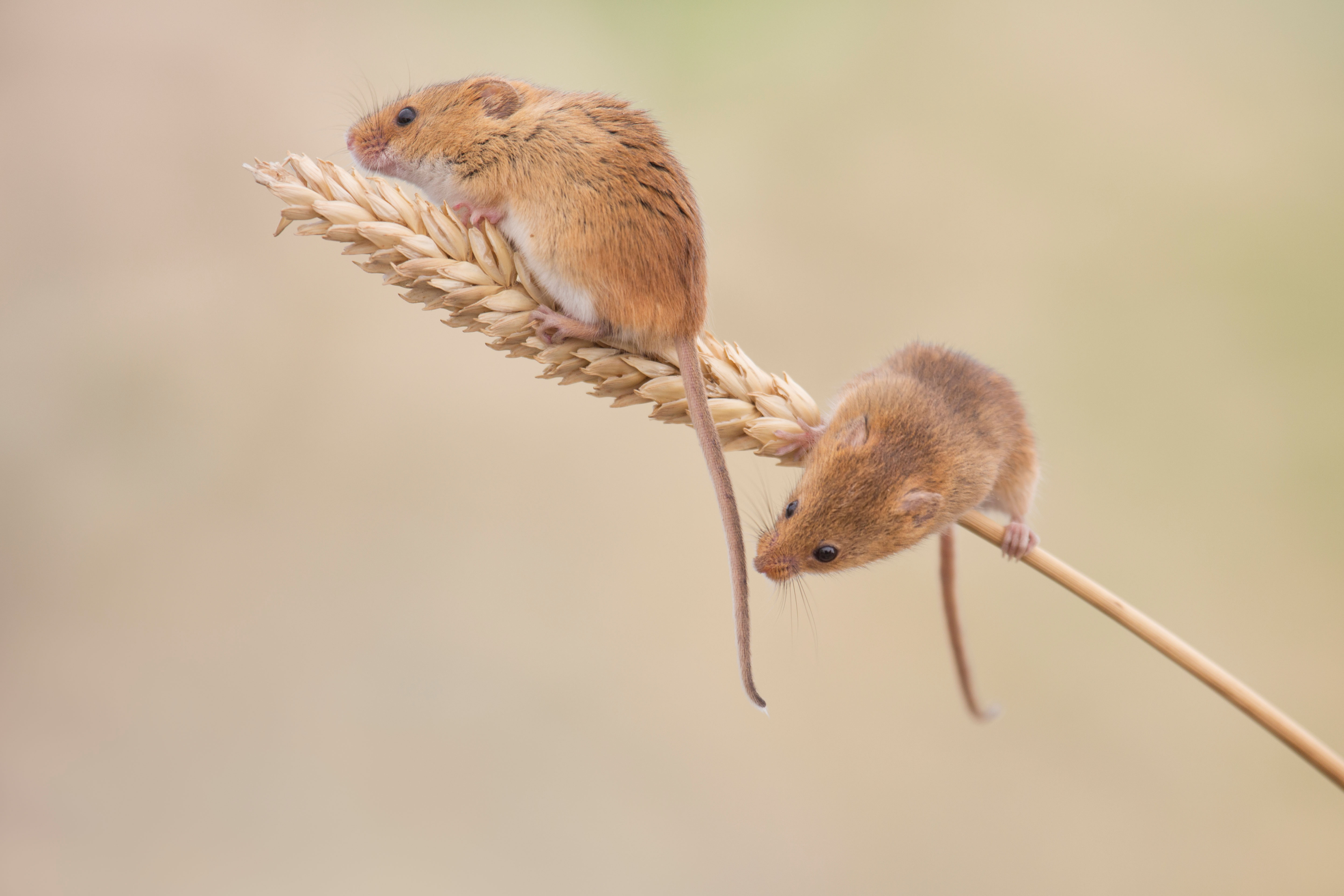

Some of the most significant reversals of fortune for beleaguered British wildlife are not necessarily on nature reserves or protected areas: often, it’s on private farms and estates where the greatest successes are found. However, those people who are managing to combine conservation with food production or other businesses receive little attention and few plaudits.
The aim of ‘Working Conservationists’, a new series of publications from the Game & Wildlife Conservation Trust (GWCT), is to bring some of these stories to public attention and to encourage people to see that it is worth continuing to support those people who deliver such impressive results with Government funding.
The continuation of payments to land managers in return for public goods post-Brexit is essential for the survival of our wildlife and the environment, as well as for food production. One in 10 British species is threatened with extinction. Nature res-erves do play a part – isolated patches of abundance may ensure the survival of certain species – but they’re not enough if we want to be able to glimpse wildlife in our daily lives.
There are encouraging signs that this is understood by Government. Defra Secretary Michael Gove wrote in his foreword to the collection that ‘the case histories provide a vision of a country of which we can all be proud’.
However, previous agri-environment schemes have suffered from being too restrictive; when farmers respond voluntarily, rather than through compulsion, better outcomes can be achieved, with the benefit of good advice.
Although all the land managers who were interviewed for the GWCT series ran different scales of operation, they all believed that successful conservation depends on your heart being in the work.
Mark Chattery, East Devon: ‘My passion is ponds and I’ve dug about 11’
Mark Chattey from Langford, Devon, runs an Approved Finishing Unit for beef animals from TB-restricted herds and sells to the premium Dovecote Park label of Waitrose. He’s given 35 of his 284 acres to conservation.
Sign up for the Country Life Newsletter
Exquisite houses, the beauty of Nature, and how to get the most from your life, straight to your inbox.
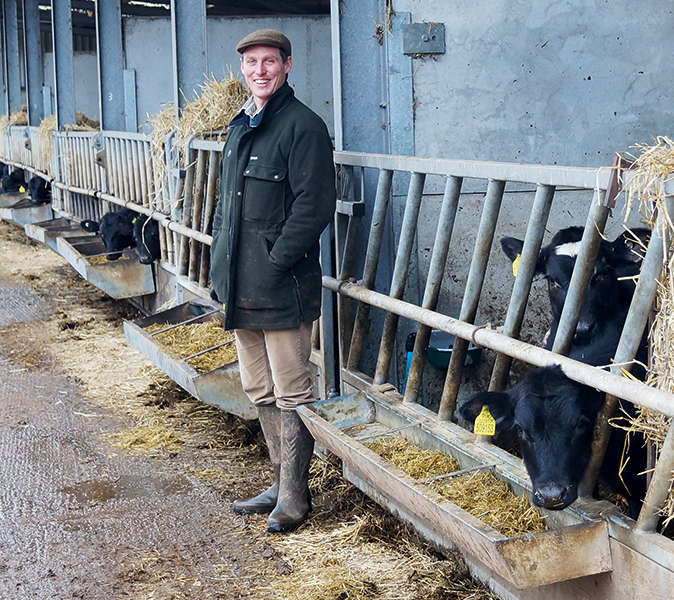
What inspired you?
The beauty and joy from seeing a more varied habitat. I also think about the next generation: two years ago, I planted 2½ acres of woodland to celebrate the birth of our daughter and named it Evelyn’s Copse after her.
Which schemes worked for you?
Evelyn’s Copse was made possible thanks to a Forestry Commission grant and the Envi-ronment Agency, which funded five miles of fencing to protect a stream and create my ‘conservation area’. I started a Mid-Tier scheme this year, which will fund two miles of hedges plus annual wildflowers, a bumblebird mix [beneficial to birds and insects] and supplementary feed for farmland birds.
What species are you trying to encourage?
My passion is ponds and I’ve dug about 11. I didn’t get any grant money for them, but I love seeing the wild ducks and swans.
What are the challenges?
Spraying can be an issue – I won’t spray on the fields if the wind is wrong.
And the successes?
The wildlife increases every year. When I put up two boxes for barn owls, both were occupied within a year.
Best advice?
Don’t be afraid to experiment and don’t forget that, although some weeds are
a challenge, others are beneficial and pleasing to the eye.
Kate Faulkner, Hampshire Weald: ‘My dad had a meadow that he was very proud of’
Kate Faulkner helps to manage the land on 700-acre Norton Farm on the edge of the Hampshire Weald. Her husband, Andrew, and father-in-law, Derrick, run the farm, which is part of a machinery- and labour-sharing collaboration with two neighbouring arable farms, growing wheat, oilseed rape, oats, barley and beans in rotation.
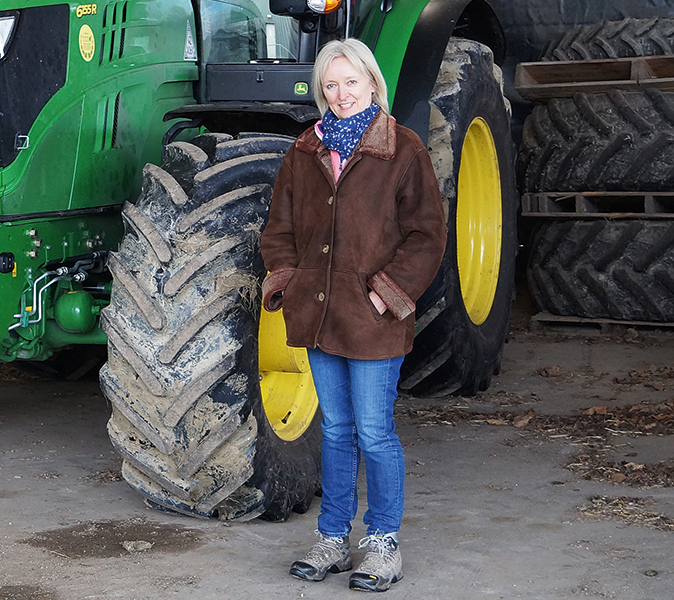
What inspired you?
It was partly growing up on a farm on chalk downland in Hampshire. My dad had a meadow that he was very proud of and, whenever we went for walks, he’d tell us about the different flowers.
Which agri-environment schemes worked for you?
We’ve had Forestry Commission and AONB grants and are currently in Higher Level Stewardship (HLS), with options including wild-bird seed and pollen and nectar mixes, woodland management, hedge planting, winter stubbles and low-input grazing.
What species are you trying to encourage?
We’re one of 16 farms in the Selborne Landscape Partnership, a Farm Cluster that co-ordinates conservation initiatives across 10,000 acres. For an early project, we decided to improve habitat for harvest mice, inspired by 18th-century naturalist Gilbert White, who identified it as a separate species. We now have exciting plans to boost lapwings, hares and Duke of Burgundy butterflies.
What are the challenges of the work?
Constantly changing Natural England advisors and inflexible restrictions have been stumbling blocks.
Best advice to others?
It helps to collaborate, talk to your neighbours and get guidance from the GWCT. It’s to do with getting advice from people who talk the same language and understand the realities of farming.
Tom Orde-Powlett , Yorkshire Moors: ‘I don’t want to be part of the generation that loses the curlew’
Tom Orde-Powlett is involved with a range of conservation projects on his family’s estate at Bolton Castle in North Yorkshire. The 12,500-acre estate includes 6,000 acres of grousemoor run by Tom’s father, Lord Bolton, plus 23 tenant farms averaging 260 acres, with a mix of sheep, beef and dairy production.
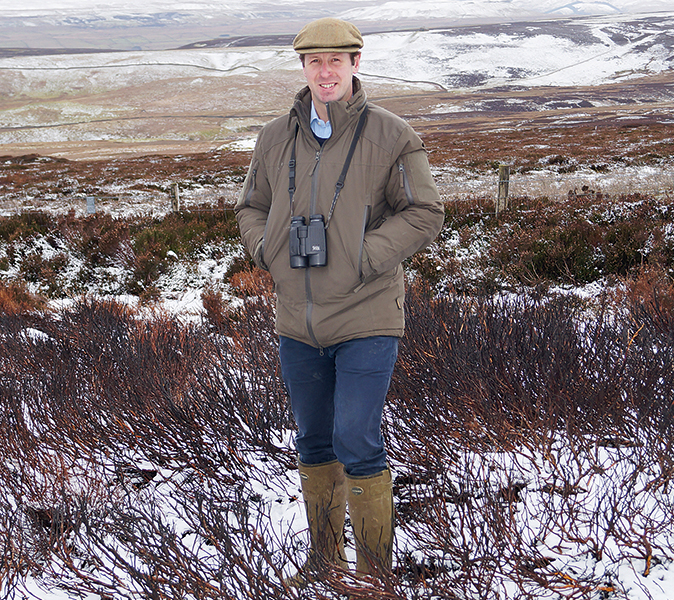
What inspired you?
My step-grandfather came up here a few years ago and, as we drove over the moors in springtime, listening to the calls of the curlew, he was close to tears, saying that this is what his native Shropshire used to be like only 40 years ago. I don’t want to be part of the generation that loses the curlew in Wensleydale.
Which schemes worked for you?
A lot of our moorland is in HLS and this works well. One farm recently came back in hand and we’re working with the new grazier to build up the existing population of curlews and lapwings, as well as turning the farm into a more viable operation, although it isn’t currently in a scheme.
What species are you trying to encourage?
The curlew is our biggest current focus. On the moors, we have healthy populations of breeding waders and birds of prey, such as merlins, kestrels and short-eared owls, and we’ve had great results with Atlantic salmon returning to the River Ure.
Best advice?
Make the most of local knowledge from farmers and gamekeepers, and get scientific advice and support from Natural England, the GWCT and others.
James Mulleneux, East Sussex: ‘When we leave fields to cut hay it’s the most beautiful sight, full of insects and butterflies’
James Mulleneux runs 340-acre Holbeam Wood Farm in East Sussex, which was once part of the neighbouring Whiligh estate that famously supplied the oak for Westminster Hall. It comprises permanent pasture grazed by 60 native-breed Sussex beef cattle, plus arable farming and woodland.
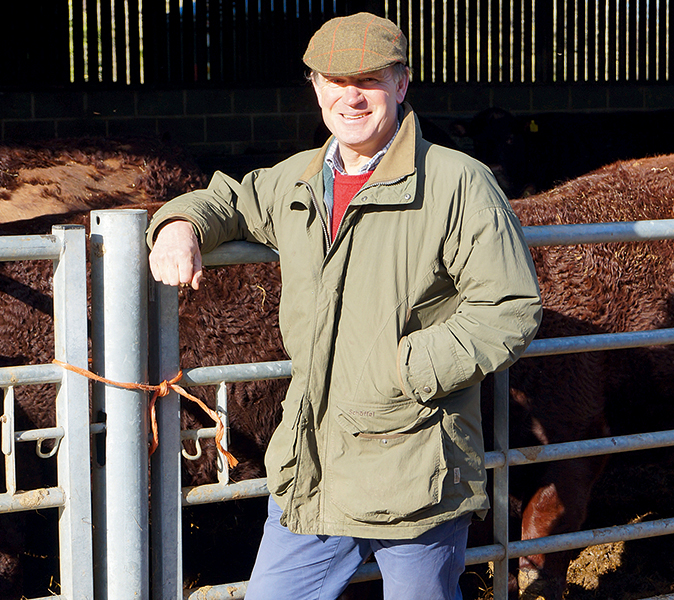
What inspired you?
I’d like to see more of the wildlife that was here when I was a child. I love the land and seeing birds and bees – it all goes together.
Which schemes worked for you?
We’ve been in HLS for the past nine years and our options include arable reversion to grassland, wildflower mixes, wild-bird seed mixes and hedge and pond restoration.
What species are you trying to encourage?
As well as rare birds, such as wood warblers, yellowhammers and grey wagtails, we’re pleased to have great crested newts.
What are the challenges?
Combining food production with environmental protection is a big challenge and
I believe Defra’s priority must be to balance the two. Predation management is another and our small shoot is a key element in providing this, alongside habitat and food.
And successes?
One of the most pleasing sights is when we leave fields to cut hay. It’s the most beautiful sight, full of insects and butterflies.
Best advice?
Your heart must be in it and the more knowledge you can get, the better. That’s why the GWCT is essential, because you can’t argue with the science.
You can find our more about the GWCT or become a member at www.gwct.org.uk
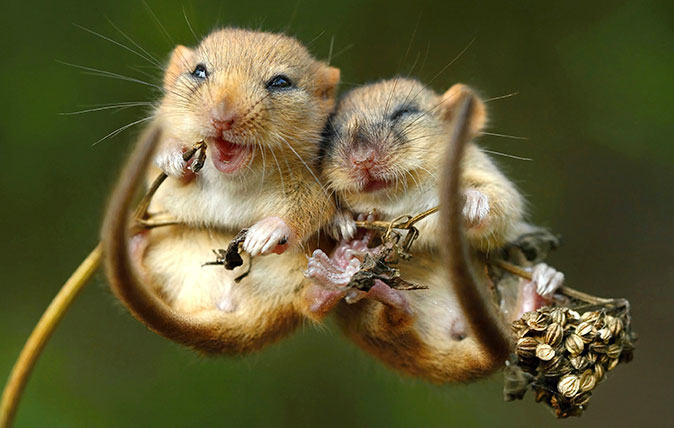
Credit: Caters
Dormice: Britain’s sleepiest, and most charming little creatures
David Profumo takes a look at the lovely little dormouse – a delightful little creature which spends 75 per cent
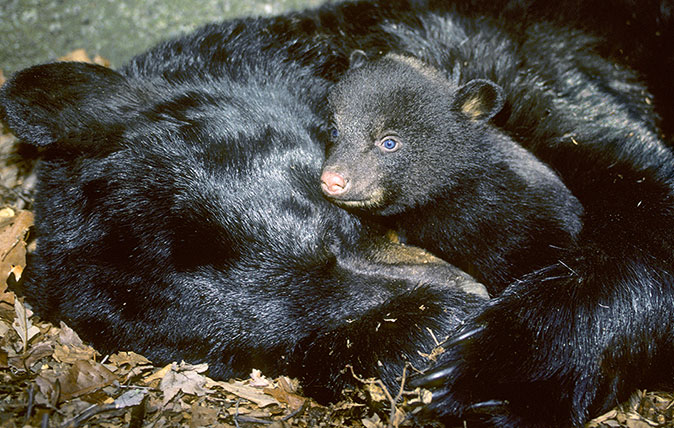
Credit: Alamy
Hibernation: The animal phenomenon that might just save the human race
For centuries, naturalists pondered how a warm-blooded creature could descend into a near-death winter state and surface unscathed the following

Credit: Alamy Stock Photo
Rosamund Young: Dreaming of a cottage with a field? Then find your field and do it
Rosamund Young, author of the Secret Life of Cows, will be writing a series of columns for Country Life in
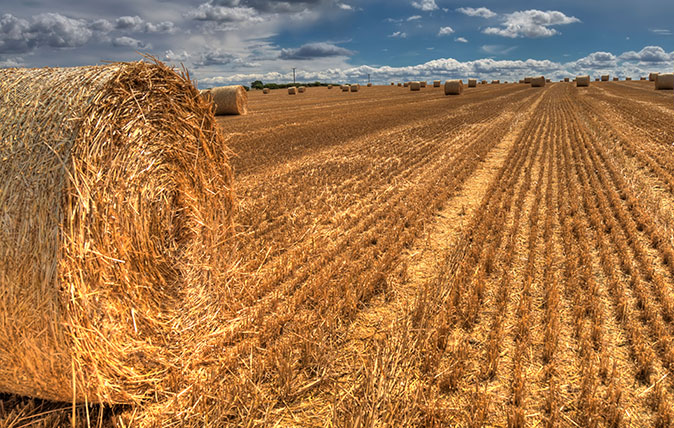
The days when farming becomes a race against time - and the bliss of that moment when you win
Farming isn't always a battle against the elements and the pests – it can also be a race against time as
Country Life is unlike any other magazine: the only glossy weekly on the newsstand and the only magazine that has been guest-edited by HRH The King not once, but twice. It is a celebration of modern rural life and all its diverse joys and pleasures — that was first published in Queen Victoria's Diamond Jubilee year. Our eclectic mixture of witty and informative content — from the most up-to-date property news and commentary and a coveted glimpse inside some of the UK's best houses and gardens, to gardening, the arts and interior design, written by experts in their field — still cannot be found in print or online, anywhere else.
-
 Two quick and easy seasonal asparagus recipes to try this Easter Weekend
Two quick and easy seasonal asparagus recipes to try this Easter WeekendAsparagus has royal roots — it was once a favourite of Madame de Pompadour.
By Melanie Johnson
-
 Sip tea and laugh at your neighbours in this seaside Norfolk home with a watchtower
Sip tea and laugh at your neighbours in this seaside Norfolk home with a watchtowerOn Cliff Hill in Gorleston, one home is taller than all the others. It could be yours.
By James Fisher